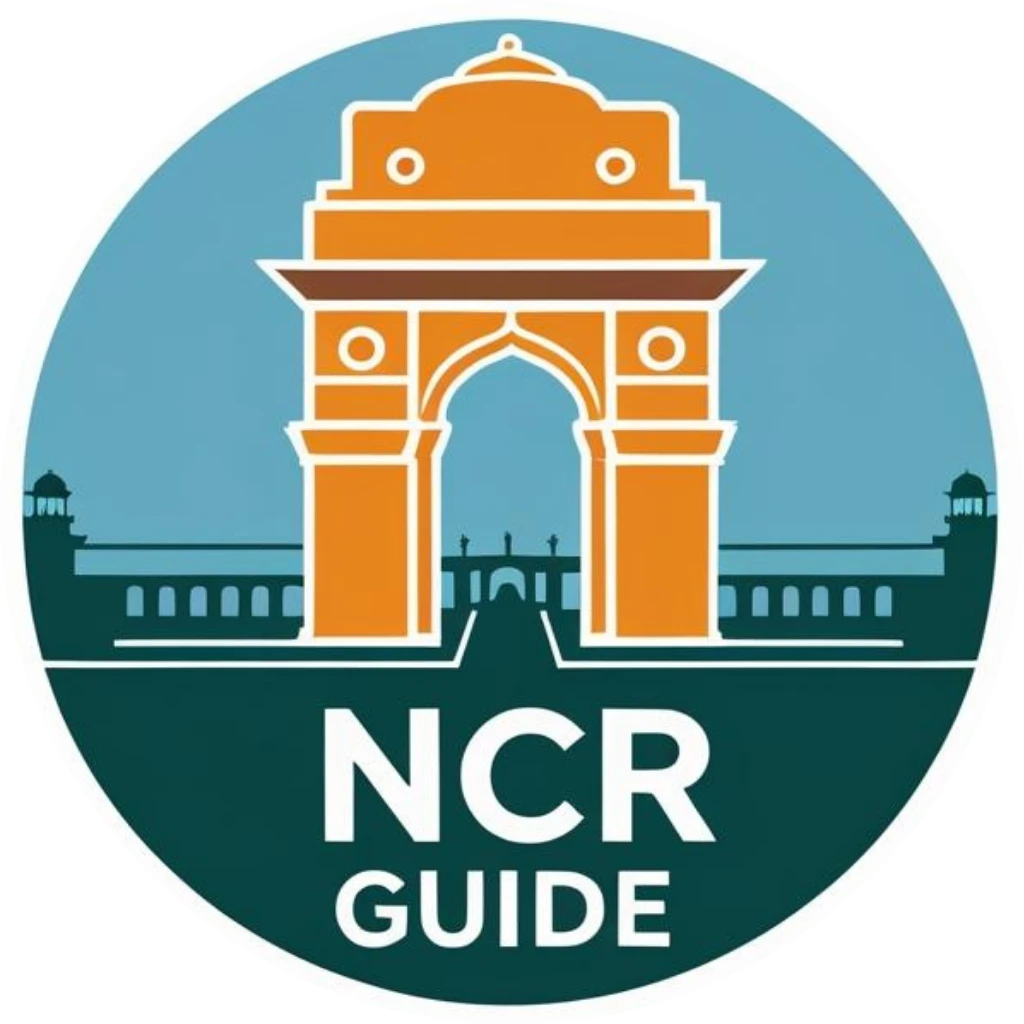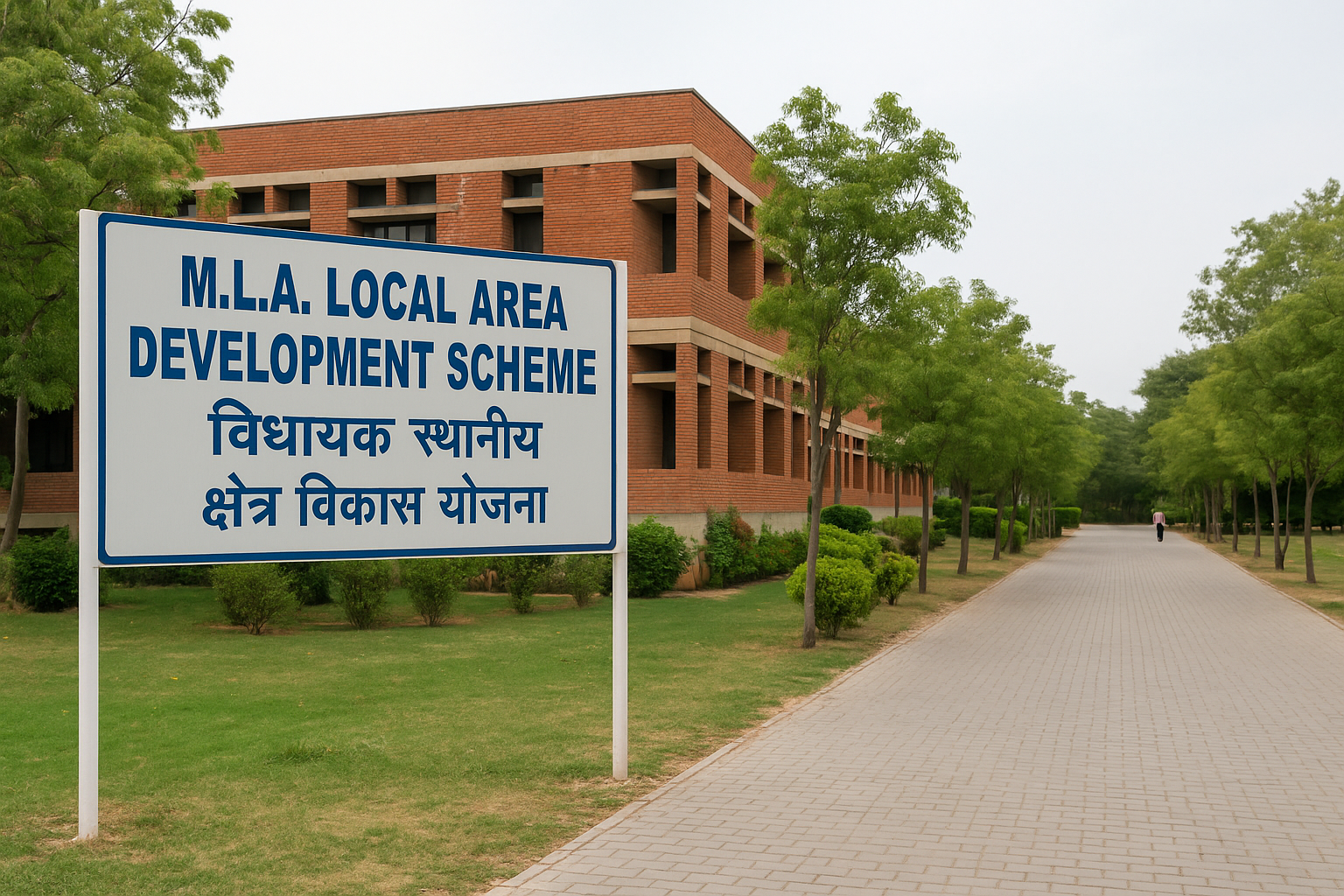In a move aimed at strengthening grassroots infrastructure and traditional healthcare access, the Delhi government has greenlit two major initiatives: ₹117 crore allocated for local area development projects and the official formation of the Delhi State AYUSH Society. This dual-pronged approach marks a significant leap in improving civic amenities while also institutionalizing AYUSH-based healthcare delivery in the capital.
₹117 Crore Boost to MLALAD Scheme: Local Projects Get Fresh Momentum
The Delhi Cabinet has approved ₹117 crore under the Member of Legislative Assembly Local Area Development (MLALAD) Scheme, unlocking funds for thousands of micro-development projects across Delhi’s 70 constituencies. The goal? Enhance neighborhood-level infrastructure and address long-standing civic issues that directly impact citizens.
According to an official from the Urban Development Department, the projects will focus on:
- Re-laying internal roads and pavements in densely populated colonies
- Installing streetlights in dimly lit areas prone to safety issues
- Constructing or renovating drains to prevent seasonal flooding
- Repairing public facilities such as parks, toilets, and community centers
“This isn’t just a civic facelift — it’s about giving elected MLAs the resources to solve what matters most in their constituencies,” a senior official said.
Background: The MLALAD scheme had paused fund distribution for FY 2023-24 due to budget constraints. With this new sanction, each MLA will get around ₹1.67 crore to initiate or complete pending works in their areas.
Delhi State AYUSH Society: Institutionalizing Traditional Healing
In a parallel move, the Delhi government has officially launched the Delhi State AYUSH Society, bringing organized structure to the capital’s traditional healthcare system. This new body will oversee the implementation of AYUSH services — Ayurveda, Yoga, Unani, Siddha, and Homeopathy — across government facilities.
Officials say the society will:
- Integrate AYUSH doctors in dispensaries, mohalla clinics, and government hospitals
- Conduct school-level wellness campaigns based on AYUSH protocols
- Coordinate with the National AYUSH Mission to ensure resource flow and compliance
- Organize public awareness drives and health camps with licensed practitioners
“The Society will act as a bridge between community wellness and traditional medicine. It also ensures we meet national standards while addressing local needs,” said an official from the Delhi Health Department.
Why now? Health officials point out the growing demand for holistic care in post-COVID Delhi, especially among urban working-class families and senior citizens. Delhi currently has over 300+ AYUSH doctors in its public health system, and the Society aims to improve coordination and efficacy.
A Dual Win: Infrastructure and Holistic Wellness Go Hand-in-Hand
By aligning civic development with wellness, this twin announcement by the Delhi government signals a more citizen-centric governance model. Officials highlight that both schemes aim to empower neighborhoods, whether through better roads or better access to care.
Urban planners and policy analysts see this as part of a larger “micro-reforms trend” where state governments decentralize funding and prioritize hyperlocal development while integrating preventive healthcare.
What It Means for Citizens
- Residents of underserved colonies can expect better roads, drainage, and lighting within months
- Healthcare seekers may soon find AYUSH doctors at their nearest public facility, including mohalla clinics
- Elected MLAs will have more autonomy and responsibility in delivering visible change
“This is a citizen-first package. It empowers MLAs, improves wellness, and brings traditional medicine to the modern delivery system,” said a senior adviser familiar with the plan.
FAQs
What is the MLALAD scheme in Delhi?
The MLALAD (Member of Legislative Assembly Local Area Development) scheme is a government initiative that provides each MLA with dedicated funds to address local infrastructure needs like road repairs, drainage systems, street lighting, and public amenities.
How much funding has been approved under the MLALAD scheme?
The Delhi Cabinet has approved ₹117 crore for the current cycle of the MLALAD scheme. Each of Delhi’s 70 MLAs will receive approximately ₹1.67 crore to initiate or complete development works in their constituencies.
What types of projects will this funding cover?
The funds will be used for localized projects such as laying or repairing internal roads, improving street lighting, cleaning and constructing drains, and upgrading parks, community toilets, and public spaces.
Why was the MLALAD funding paused earlier?
The MLALAD scheme faced budget-related constraints in FY 2023–24, which delayed fund disbursal. The latest approval revives pending projects and enables MLAs to fast-track improvements in their areas.
What is the Delhi State AYUSH Society?
The Delhi State AYUSH Society is a newly formed institution designed to manage, promote, and expand AYUSH-based healthcare services (Ayurveda, Yoga, Unani, Siddha, and Homeopathy) across Delhi’s public health infrastructure.
How will the AYUSH Society benefit citizens?
The Society will ensure the presence of qualified AYUSH doctors in mohalla clinics, dispensaries, and hospitals. It will also conduct public health awareness drives, school wellness programs, and coordinate with the National AYUSH Mission.
Is this initiative part of a national AYUSH push?
Yes. The Delhi State AYUSH Society aligns with the objectives of the National AYUSH Mission. It brings structured governance to traditional healthcare delivery and ensures regulatory compliance.
When will local development projects begin?
With immediate approval and fund release, projects under MLALAD are expected to begin in phases starting from the monsoon season, depending on each constituency’s readiness and contractor availability.
Will AYUSH doctors be available in all public clinics?
The plan is to gradually integrate AYUSH practitioners into all government-run clinics and dispensaries. Initially, deployment will be prioritized in high-footfall areas and regions lacking primary healthcare access.
How can residents track development work in their area?
Residents can check with their local MLA’s office or constituency office for updates. In some areas, digital dashboards or notice boards are used to display project status and contact information.

